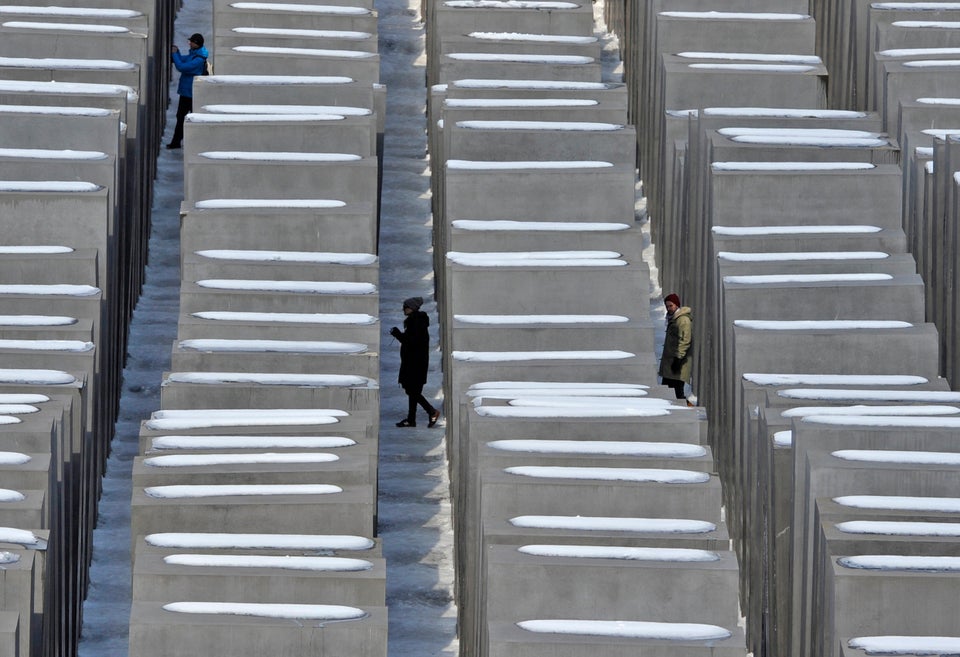In the final months of World War II, a group of Jewish prisoners were forced to cover up evidence of Nazi atrocities.
Shackled by their German captors, 80 prisoners from the Stutthof concentration camp were sent to a site of mass killings in Lithuania. There, they were ordered to dig up the graves and burn the bodies.
At night, the captives were imprisoned in the pit that had been used for mass executions.
Now, scientists using ground-penetrating radar and other high-tech methods have uncovered the tunnel in Ponar that the "Burning Brigade" quietly dug for months using only spoons and their bare hands in an attempt to escape.
The daring plot was launched by a prisoner named Isaac Dogim.
"Dogim had been placing the corpses in layers on the pyre one day, when he recognized his wife, his three sisters and his three nieces," according to the Holocaust Education & Archive Research Team. "All the bodies were decomposed, he recognized his wife by the medallion which he had given her on their wedding."
While survivors had told the story of the "Burning Brigade" escape after the war, the tunnel itself was not found -- until now.
"As an Israeli whose family originated in Lithuania, I was reduced to tears on the discovery of the escape tunnel at Ponar," Jon Seligman of the Israel Antiquities Authority, who was on the team that made the discovery, said in a news release.

The site in the Ponar forest is located in modern-day Paneriai, near Vilnius, which once had a Jewish population so vast it was known as the Jerusalem of Lithuania.
That changed during the war.
The New York Times reported that tens of thousands of Jews were brought to Ponar between 1941 and 1943, and systemically killed by the Germans.
"I call Ponar ground zero for the Holocaust," archaeologist Richard Freund of the University of Hartford told the Times. "For the first time we have systematic murder being done by the Nazis and their assistants."
The Ponar site holds the remains of some 100,000 victims of Nazi atrocities, including 70,000 Jews. Since scientists didn't want to disturb those remains, they used ground penetrating radar, electrical resistivity tomography and other noninvasive techniques to reveal what was beneath the surface, per PBS.
"Science is the new frontier for studying the Holocaust," Freund told NPR. "In 20 years we won't have survivors to ask, but we'll have another generation of people doing serious research on the Holocaust."
The Israel Antiquities Authority said the prisoners in the pit cut their shackles with a nail file on April 15, 1944 -- the night of Passover -- and 40 crawled through the tunnel and into the forest. However, they were quickly discovered and only 12 survived to tell the world what happened.
According to NPR, none are alive today.
"This discovery is a heartwarming witness to the victory of hope over desperation," said Seligman. "The exposure of the tunnel enables us to present, not only the horrors of the Holocaust, but also the yearning for life."
The expedition was filmed by PBS, and the discovery will be featured in an episode of "NOVA" next year. The United States Holocaust Memorial Museum has also published a translation of an interview with two of the Ponar survivors.

